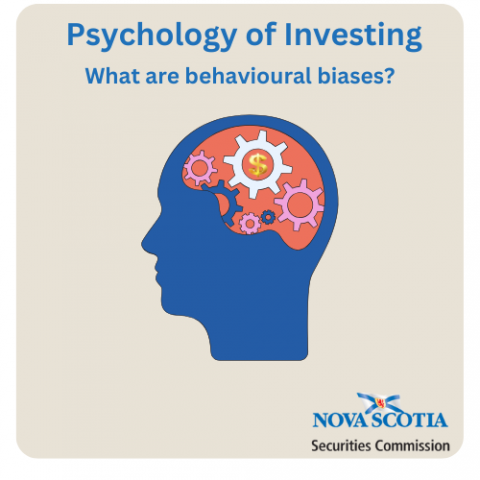Submitted by nsscadmin on

Today we’re launching a large 10-part series on the psychology of investing. Previously in a post during our DIY Investing series we examined a few cognitive biases that can impact your decision-making when DIY investing. In this new series we’ll take a closer look at the biases included in that post as well as several other biases and how they can negatively affect your financial and investing decisions. The full breakdown of our 10-part series will include:
Part 1 – What are behavioural biases?
Part 2 – Herding behaviour
Part 3 – Overconfidence bias
Part 4 – Loss aversion
Part 5 – Anchoring
Part 6 – Confirmation bias
Part 7 – Status quo bias
Part 8 – Present bias
Part 9 – Familiarity bias
Part 10 – Biases and fraud
Before going over several types of behavioural biases in this series we’ll help our readers better understand what exactly behavioural biases are.
Behavioural biases are defined as blind spots in your thought processes that lead you to make suboptimal decisions. These blind spots essentially influence your behaviour without you even realizing it. There are two types of behavioural biases: cognitive and emotional. We’ll be exploring examples of both types in this series.
Cognitive biases are errors in the ways people process information they are given. Two cognitive biases that are included in the series are confirmation bias and present bias.
Emotional biases are when a person lets their feelings influence their behaviour over facts. Two forms of emotional biases that are included in the series are loss aversion and overconfidence bias.
Are biases causing you to make harmful investment decisions without you knowing? Follow along our series to find out.
